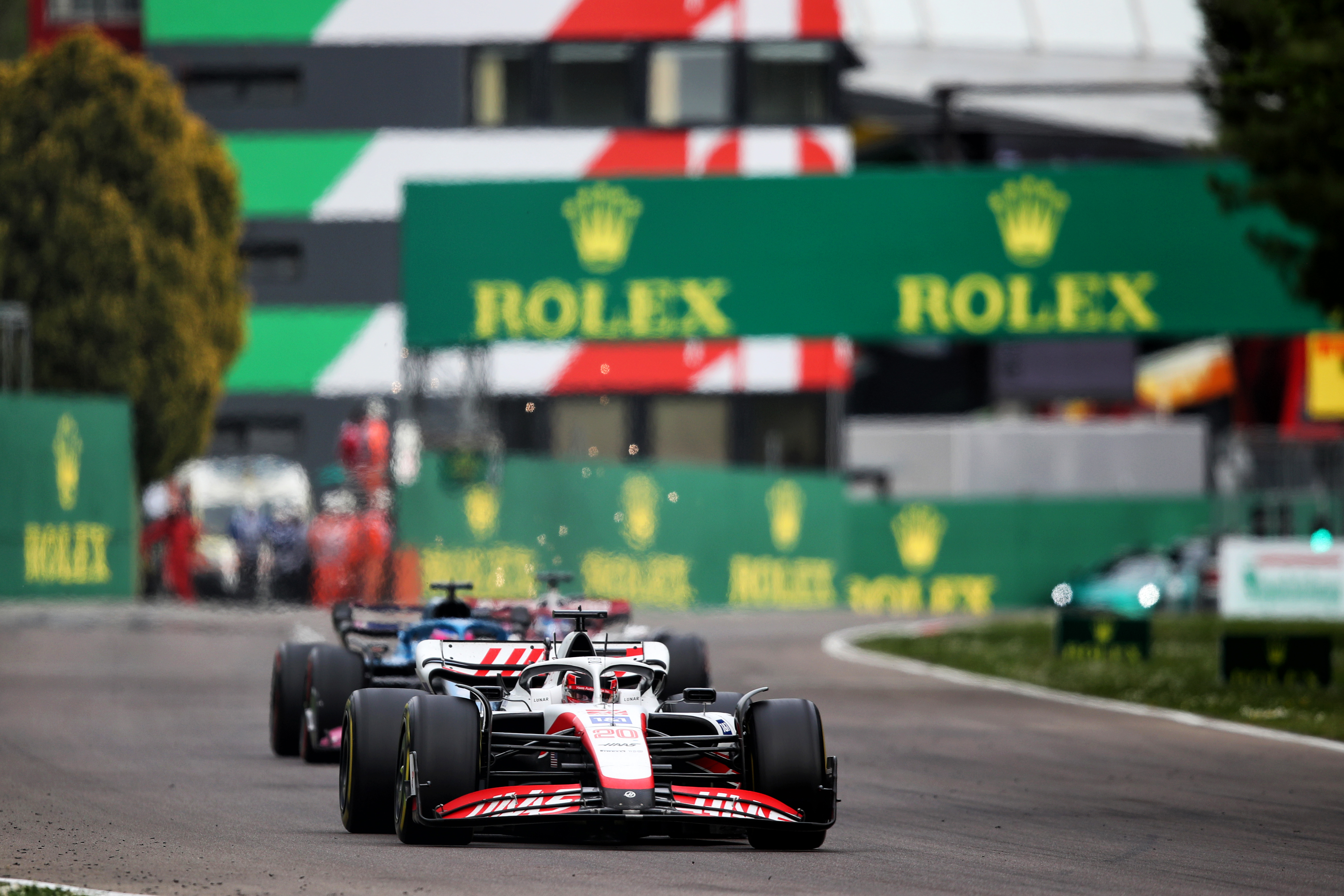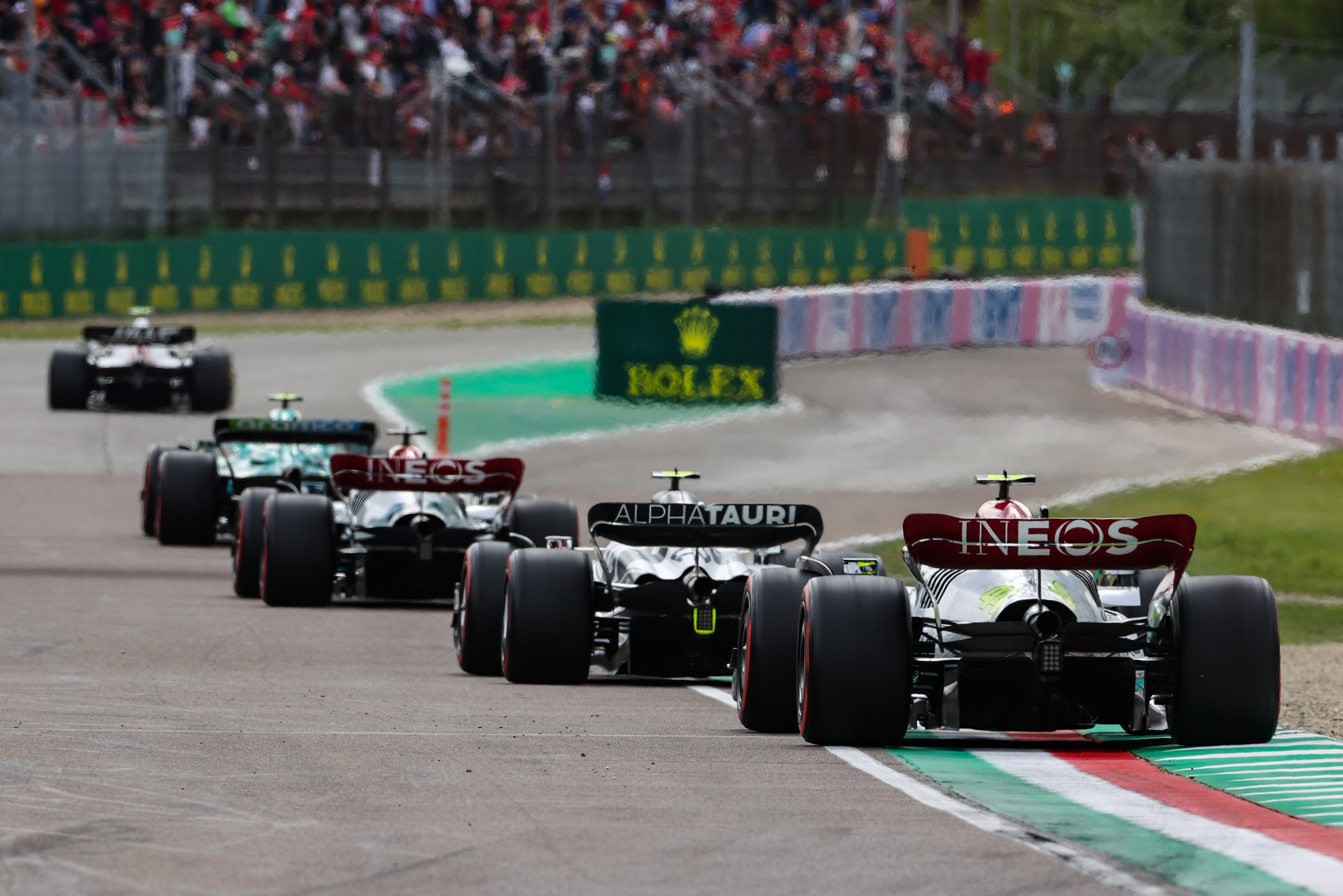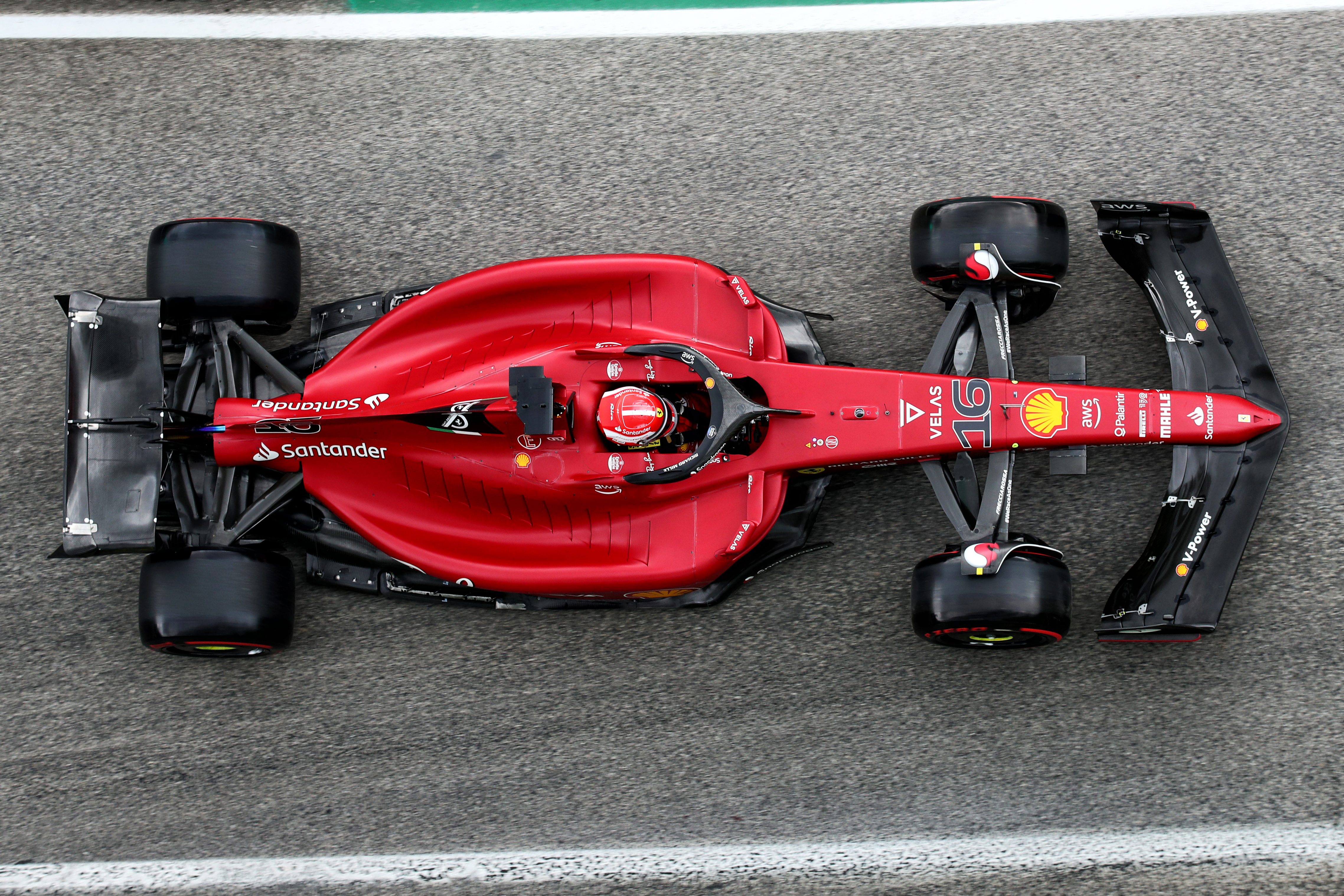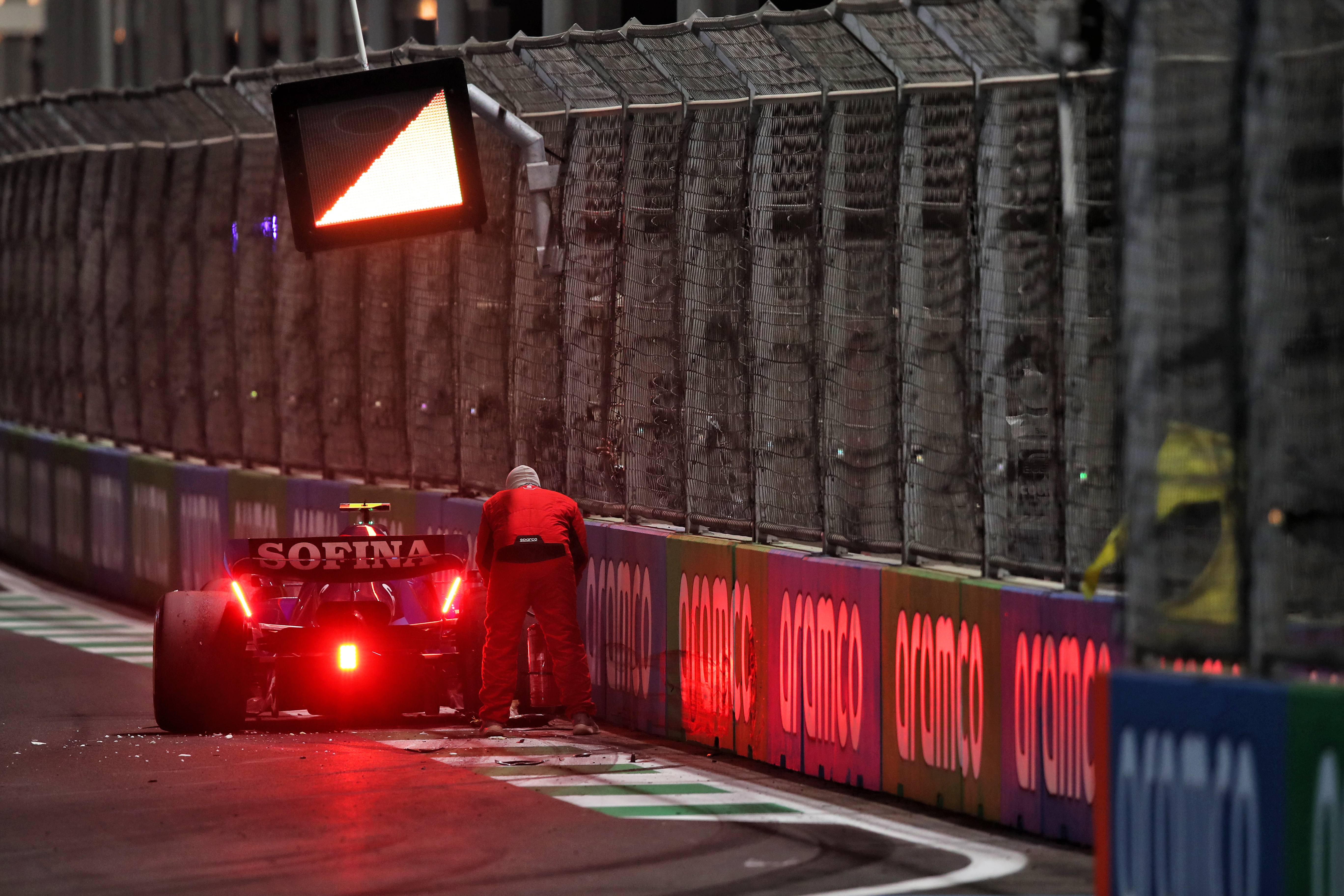Formula 1’s objectives for the 2026 regulations are only proposals, which doubtless will change dramatically over the next four years.
The major thing to remember is that change costs money, so I’m not sure how the cost cap and big changes go hand in hand.
Formula 1 had a cycle under Max Mosley’s stewardship of the FIA that was all about reducing the corner speeds of the cars for safety reasons. Then it all changed and the powers that be wanted the cars to be faster.
Currently, it’s all about better racing and being able to follow both more easily and for longer.
It seems that with whoever heads up the FIA, we get their philosophy as opposed to any form of continuity.
Six proposals have been laid out for the cars and we can work through each one separately.
1. Significantly reduced drag to improve sustainability and efficiency and complement the power unit characteristics

Significantly is a big word. The four wheels and tyres on the car account for roughly 45% of the drag, so the body is only responsible for approximately 55% of the drag.
If you are going to reduce the drag from the car itself, it will also have a major hit on the downforce it produces so the cars will be slower in terms of laptime.
2. Maintain and improve on recent lessons learned about close racing and cars being able to follow each other

This should be the norm. Every day in every way we learn something new!
I call this dotting the i’s and crossing the t’s, but such changes need to be researched, planned and introduced at least a year in advance.
3. Reduce car dimensions
This is a no-brainer and it should have been part of the 2022 package.
These cars are simply too big for their purpose, never mind the majority of the ‘good’ circuits that they race on.
Yes, they are fine on the new, expansive featureless tracks but very cumbersome at places like Imola and Monaco.
4. Reduce or contain car mass

This does need to be reduced. I would set a minimum of 750kg and then leave it up to the teams as to how much ‘stuff’ they wanted to put on the car.
If you want to build it heavy, then so be it, but some teams out there will build a small, short car with minimal gizmos on it and benefit from the weight advantage.
5. Sustainability. Continue path towards the standardisation or simplification of strategically-selected components for cost-cutting purposes. Expand the usage of sustainable materials or technologies and focus on recyclability
Again, this should be the norm. This shouldn’t be about a big step change, it should be a continuous process.
6. Continued innovation in terms of car safety, moving towards active and connected safety systems

Agreed on the safety issues. But let’s first focus on what we see each weekend that potentially generates these safety problems.
These include marking track limits with car-damaging sausage kerbs, ultra-slow driving to get track position for a clean lap, abuse of yellow flags and laps lost because of red flags.
These are all things I would work on finding solutions to. Eliminate the danger as opposed to reacting to it when it inevitably happens.
These safety concerns could easily be tackled long before 2026.


